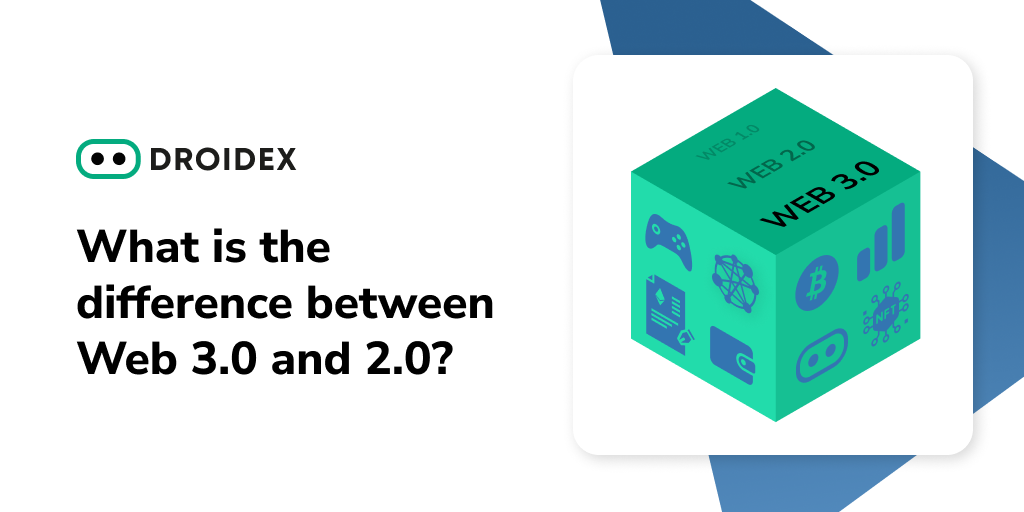The internet has evolved significantly over the years, transforming the way we communicate, work, and access information. From the early days of static web pages to the interactive and user-centric experiences of Web 2.0, the internet has undergone a remarkable transformation. Now, a new wave of innovation is on the horizon with Web 3.0, promising even greater interactivity, decentralization, and user control. In this article, we will delve into the key differences between Web 3.0 and Web 2.0, and explore the exciting possibilities that lie ahead.
Defining Web 2.0
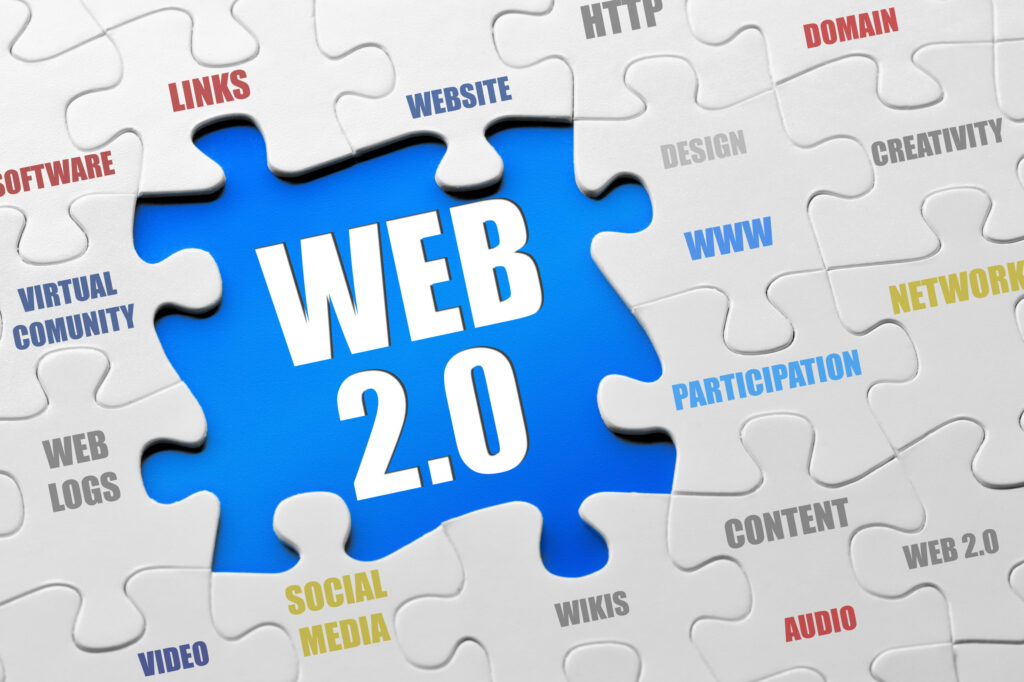
Web 2.0, often referred to as the “social web,” represents a significant shift from the static, one-way communication of Web 1.0. It introduced dynamic and interactive elements that empowered users to create, share, and collaborate on content. Web 2.0 brought forth platforms such as social media, blogs, and wikis, enabling individuals to actively participate and contribute to the web.
The Rise of Web 3.0
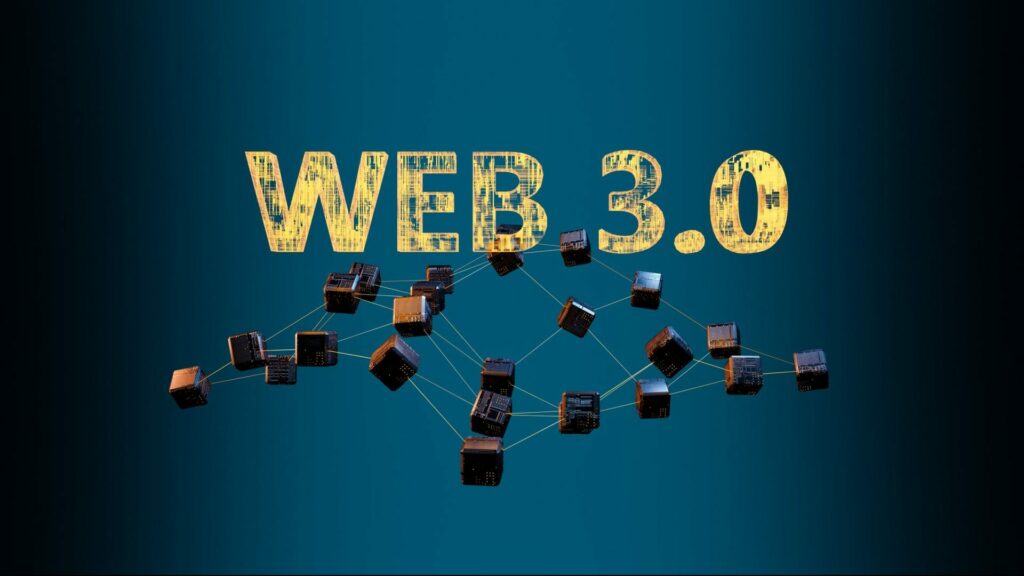
Web 3.0, also known as the “semantic web” or the “decentralized web,” takes the principles of Web 2.0 a step further. It aims to create a more intelligent, interconnected, and user-centric internet experience. Web 3.0 leverages emerging technologies such as blockchain, artificial intelligence (AI), and the Internet of Things (IoT) to enable decentralized applications and redefine the way we interact with information.
Decentralization: Web 3.0’s Core Principle
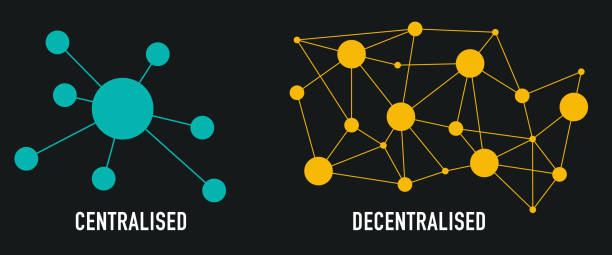
One of the fundamental differences between Web 2.0 and Web 3.0 lies in their approach to centralization. Web 2.0 platforms are typically centralized, meaning that data and control reside in the hands of a few dominant entities. In contrast, Web 3.0 embraces decentralization by utilizing blockchain technology. This decentralized approach eliminates the need for intermediaries and enables peer-to-peer interactions, enhancing security, privacy, and transparency.
User Control and Ownership

Web 3.0 puts a strong emphasis on user control and ownership of data. With Web 2.0, users often surrender their data to centralized platforms, which can exploit or monetize it without their explicit consent. Web 3.0 envisions a paradigm shift, where individuals retain ownership of their data and have greater control over its usage. Blockchain technology allows for decentralized identity solutions, empowering users to selectively share their data and participate in data marketplaces securely.
Artificial Intelligence and the Semantic Web
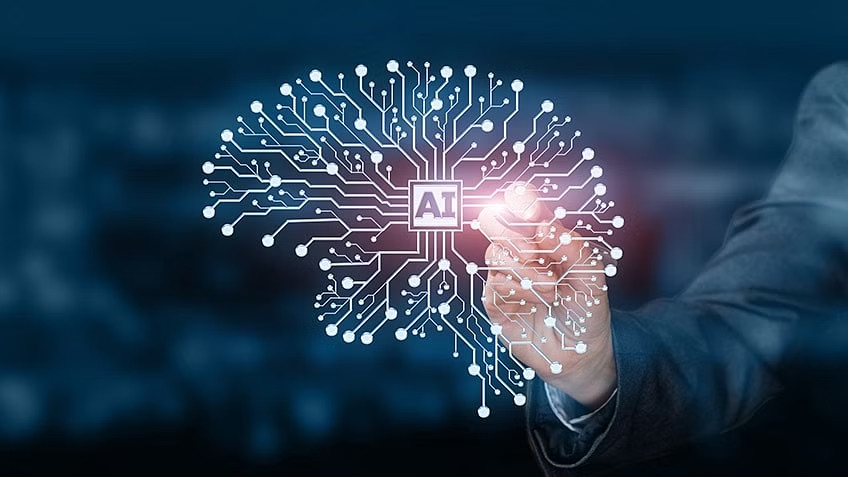
Artificial intelligence plays a pivotal role in the development of Web 3.0. By leveraging AI algorithms, the semantic web can analyze vast amounts of data and derive meaningful insights, ultimately providing users with highly personalized and relevant experiences. Web 3.0 aims to create intelligent agents that can understand user preferences, anticipate needs, and provide tailored recommendations, revolutionizing the way we interact with online content.
Interoperability and Seamless Integration
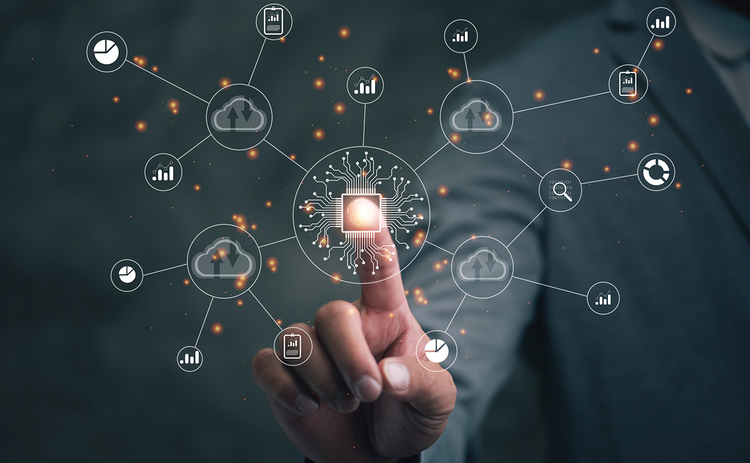
Web 3.0 seeks to break down the silos that exist in the current internet landscape. It envisions a future where different applications and platforms can seamlessly communicate and share data with one another. Through open standards, protocols, and APIs, Web 3.0 promotes interoperability, enabling users to access and utilize services from multiple sources, irrespective of the underlying technologies.
Trust, Security, and Privacy
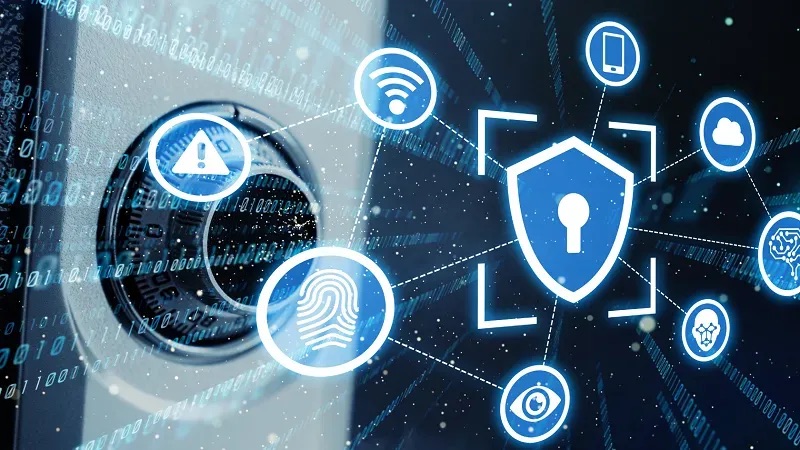
Web 3.0 places a strong emphasis on trust, security, and privacy. The decentralized nature of Web 3.0, powered by blockchain technology, enhances security by eliminating single points of failure and making data tampering extremely difficult. Additionally, users have greater control over their personal information, deciding what data to share and with whom. This shift toward user-centric privacy models offers a promising solution to the growing concerns around data breaches and misuse.
Web 3.0 Applications
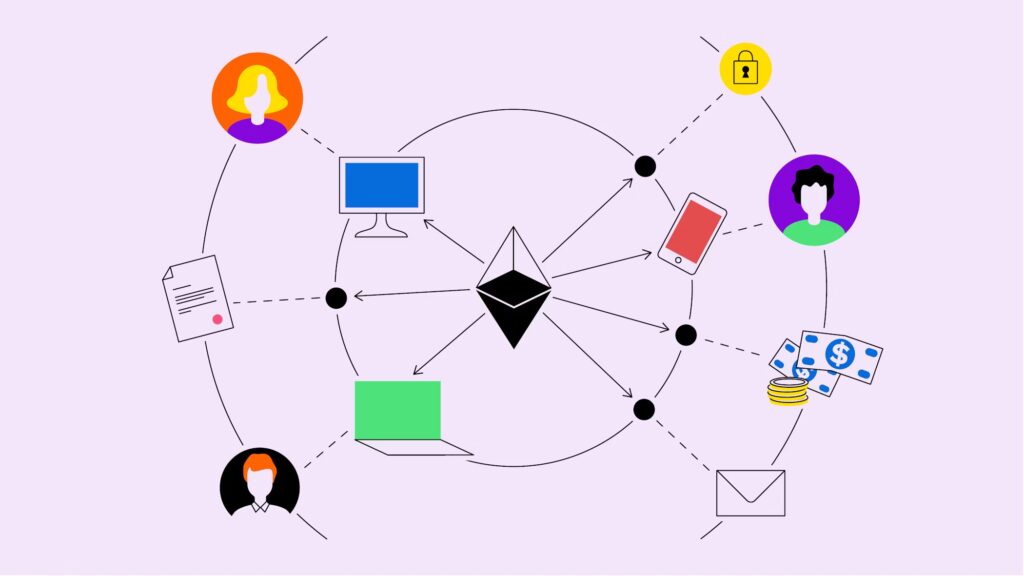
Web 3.0 opens up a world of possibilities for innovative applications. Decentralized finance (DeFi) is one of the most prominent examples, allowing individuals to access financial services without intermediaries. Web 3.0 also enables the development of decentralized social media platforms, where users have control over their data and are not subject to algorithmic biases. Furthermore, industries such as healthcare, supply chain management, and education can benefit from Web 3.0 technologies, revolutionizing processes and enhancing efficiency.
Conclusion
Web 3.0 represents the next evolutionary step in the internet’s development, promising a more decentralized, intelligent, and user-centric experience. With its emphasis on decentralization, user control, artificial intelligence, and interoperability, Web 3.0 has the potential to transform various aspects of our lives, from how we interact with data to the way we conduct business. As this next generation of the internet continues to take shape, we can look forward to a future where the power and benefits of the web are more evenly distributed, and users have greater control over their digital experiences.
You can try our web 3.0. dApp here: droidex.io/swap

